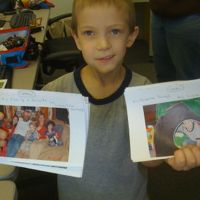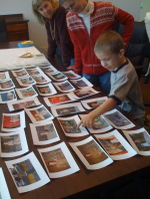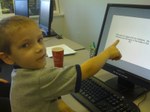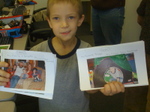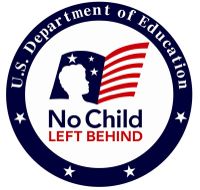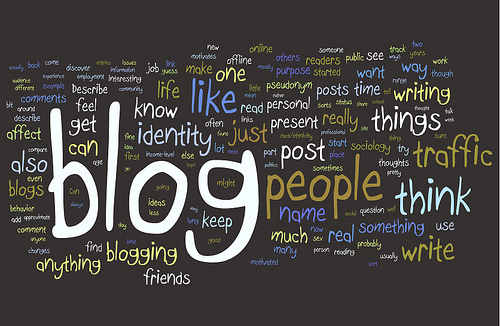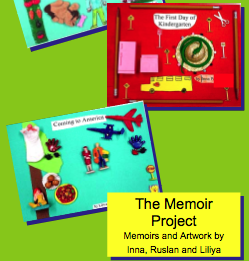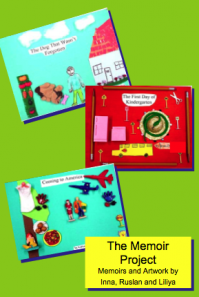Over the next two weeks I'll be doing presentations that take me back to my roots as a history teacher. I'll be giving the keynote at the Texas Social Studies Supervisors Association spring conference in Austin and giving a workshop for elementary school teachers in the Rochester (NY) City School District.
In both talks I'll show how history and social studies can be used to teach literacy, numeracy and critical thinking. No need to cut back on social studies instructional time to send struggling students for "mind numbing" test prep in reading and math. It begins when teachers provide students with the historical material that kids use to "do the history." Let's look at two examples – click photos to enlarge
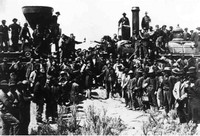 First, a famous photo of the "golden spike" – the final ceremonial spike driven to mark the completion of a transcontinental railroad line in 1869. What can a student learn by looking at the image? Not much, because the important information is not in the image. It's in the background knowledge a student must already possess to interpret it. Unfortunately, this type of photograph dominates our textbooks. It's iconic – it refers to something else that we want students to know.
First, a famous photo of the "golden spike" – the final ceremonial spike driven to mark the completion of a transcontinental railroad line in 1869. What can a student learn by looking at the image? Not much, because the important information is not in the image. It's in the background knowledge a student must already possess to interpret it. Unfortunately, this type of photograph dominates our textbooks. It's iconic – it refers to something else that we want students to know.
In contrast, here's a photograph of a city street in Rochester NY at the turn of the last century. 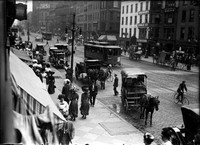 With very little background information, students can use the photo to do history and interpret the impact of transportation technologies and the pace of change. Then the student could write a "first person account" from the point of view of someone in the photo. They could even go on to design their own comparison of the changes in communication technology in their world today. Perhaps include a graph showing the growth of cell phones vs land lines?
With very little background information, students can use the photo to do history and interpret the impact of transportation technologies and the pace of change. Then the student could write a "first person account" from the point of view of someone in the photo. They could even go on to design their own comparison of the changes in communication technology in their world today. Perhaps include a graph showing the growth of cell phones vs land lines?
We can design the learning to help our students be the historian. It begins when we allow students to make their own judgments about source material and share what's important to them (instead of just repeating the details the teacher highlights). They'll develop their literacy and numeracy skills for a more authentic audience and purpose as they share their thinking with those around them.

